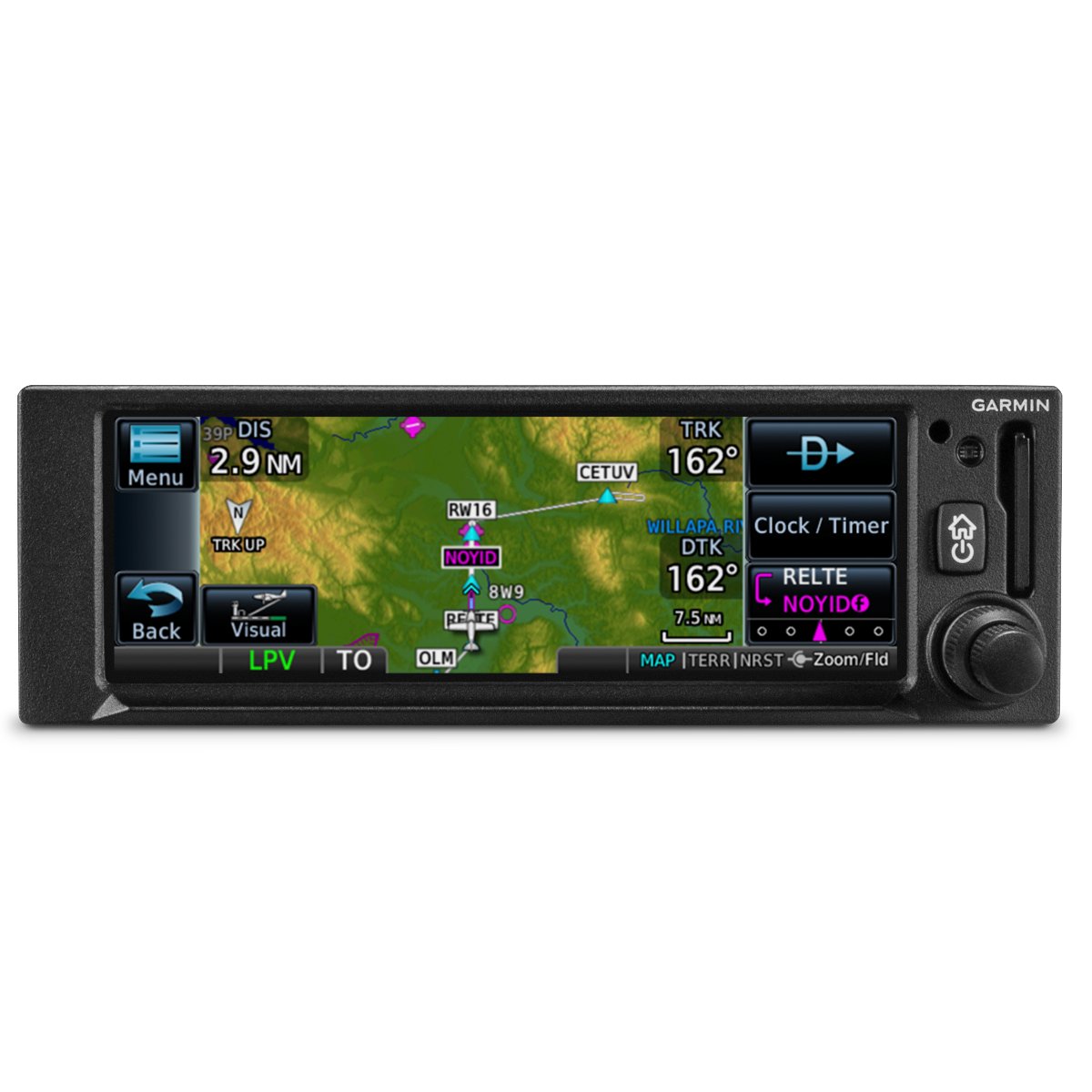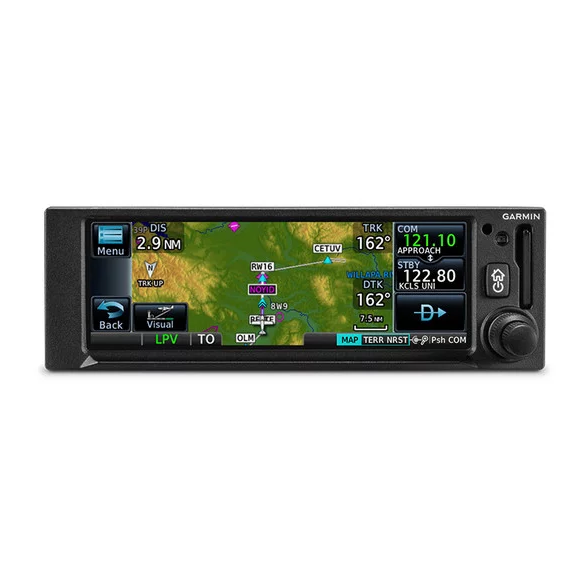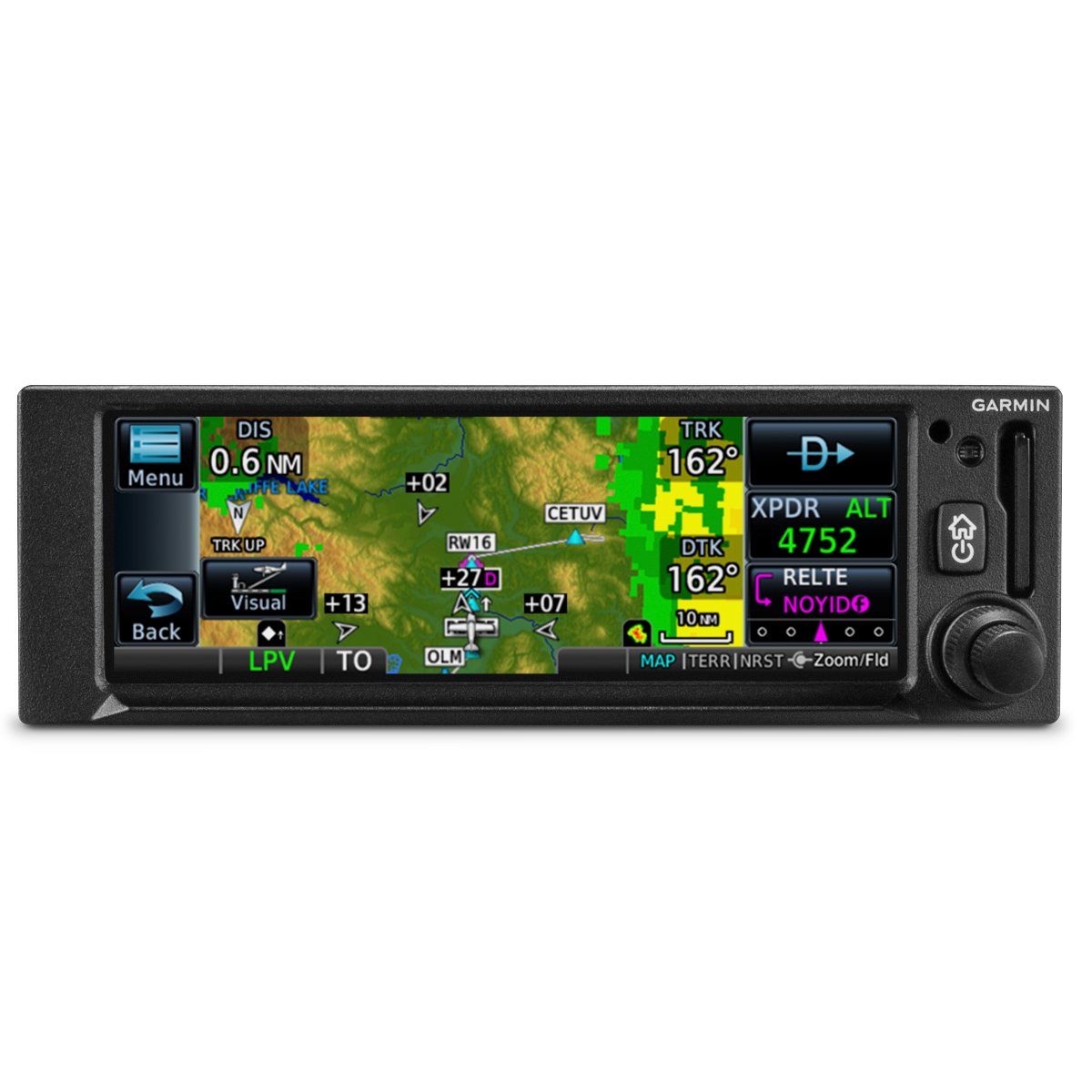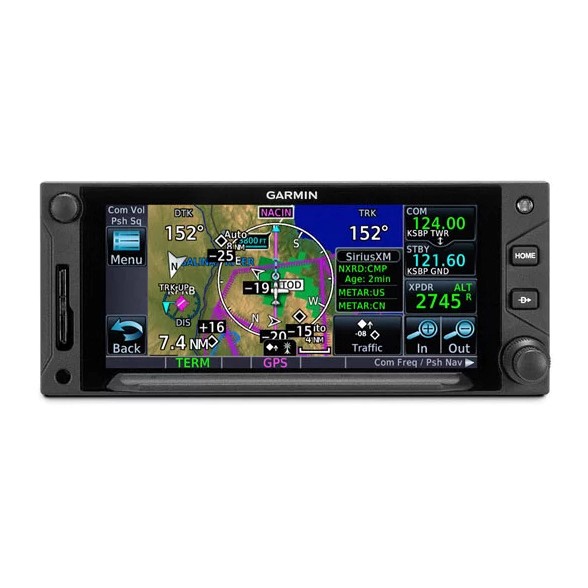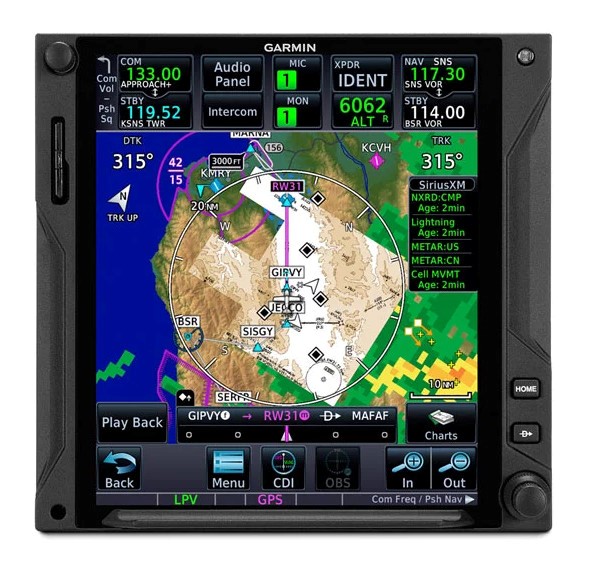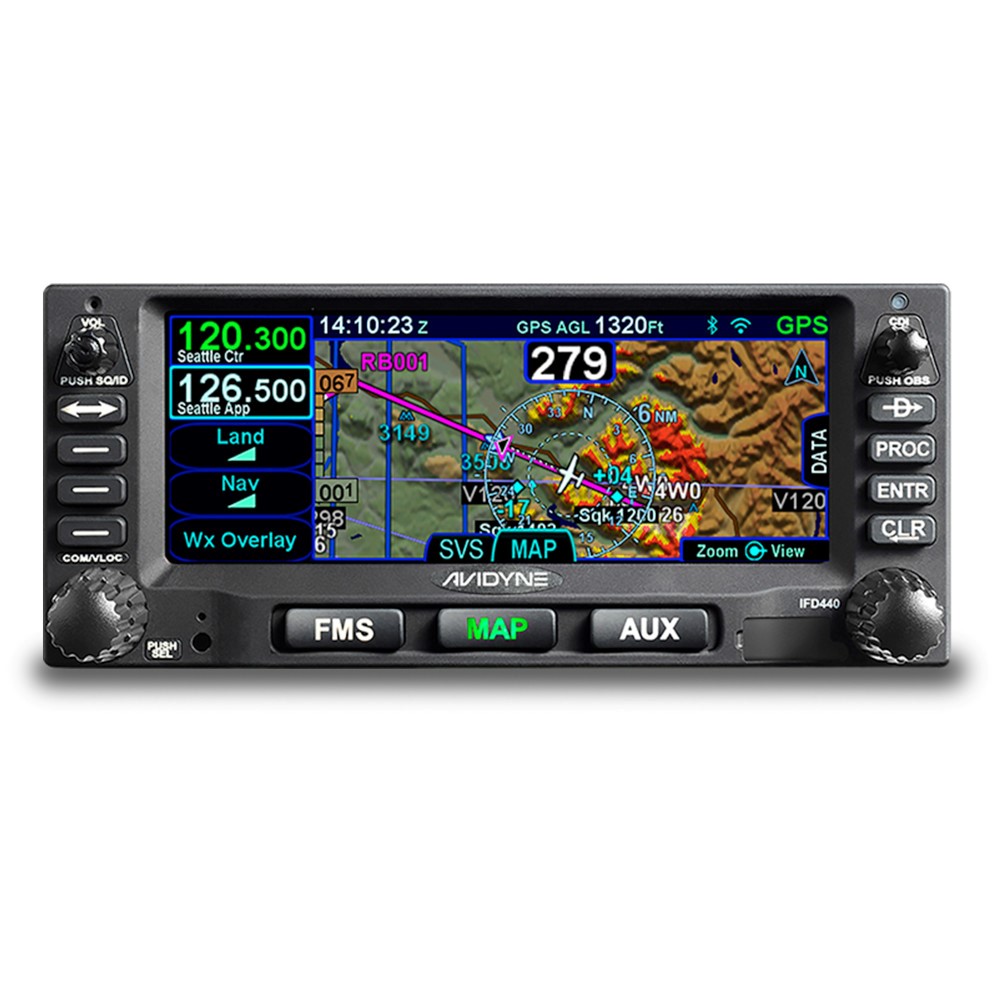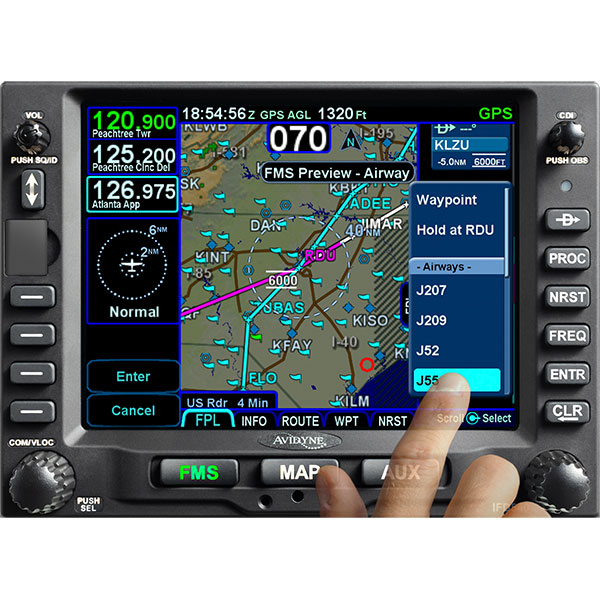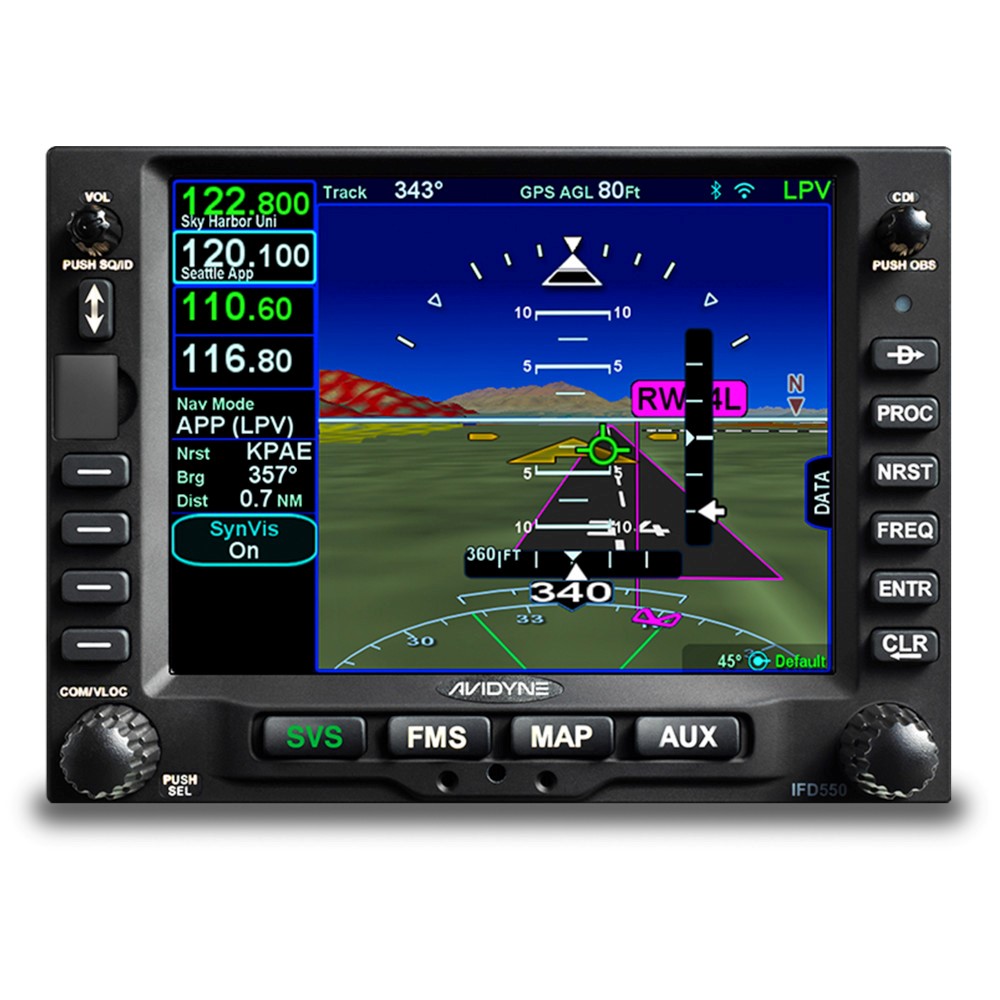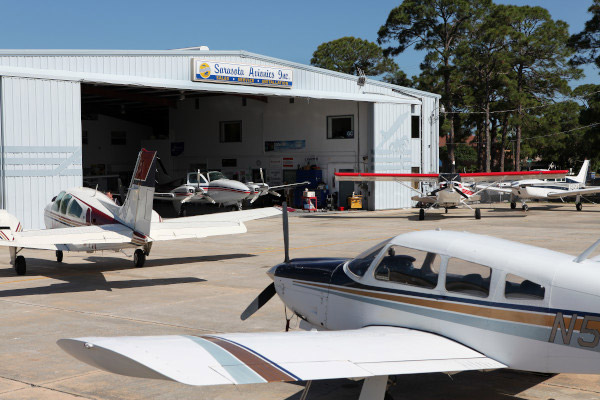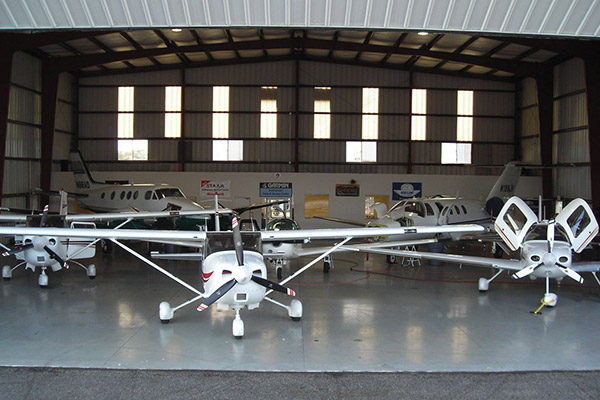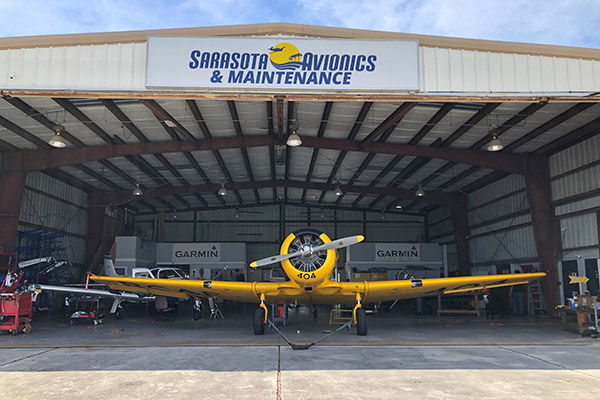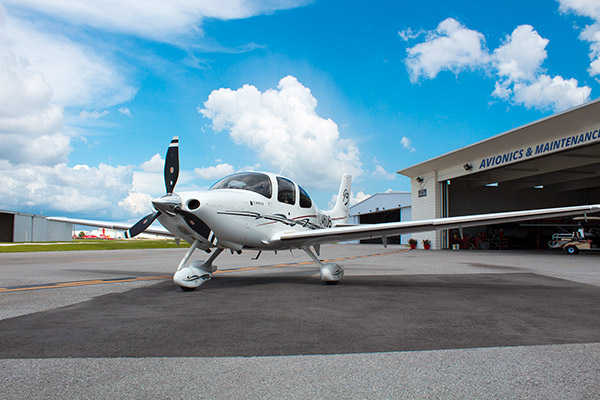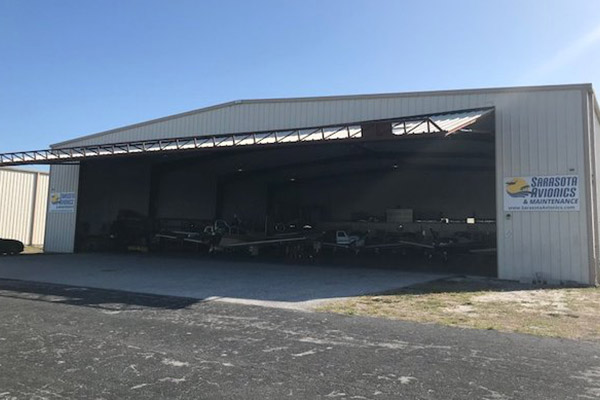
If you fly, odds are you are using some form of Garmin product in the mix, whether panel-mount or handheld. For over 150,000 owners and pilots flying behind the Garmin GNS-series, the recent announcement about the discontinuation of support was a letdown.
Believe it or not, these are now 25-year-old devices which are at the end of their service life. In other words, better technology has superseded this product line, and, Garmin is running out of parts with which to repair and support them.


Storming the Market
In 1998 Garmin announced the GNS 430: an integrated IFR-approach-approved GPS receiver with a 760-channel com radio and a VOR/localizer/glideslope receiver, along with a color, sunlight-readable, LCD display. The larger GNS 530 was introduced later that year, and both hit the market like a rocket. This innovative product consolidated three key pieces of avionics into one box, to which aircraft owners responded in a revolt of upgrades, many coming from the legacy Bendix King series.
Garmin was future-forward with the onset of ADS-B, manufacturing the WAAS-compliant GPS series back in 2006. As GPS and LPV and LNAV/VNAV approaches became the majority, the increasing reliance on this capability foretold the gradual phasing out of NDB and VOR approaches. All of this was relevant years ahead of the 2020 mandate, further speaking to their strength in modernism and anticipating market demand.
In March of 2011, the GTN series was introduced and the lineup of WAAS-GNS products discontinued. Now we have reached 2024, and Garmin has decided to discontinue support for the GNS series. However, we still have a vast community of pilots happily flying behind their surefooted GNS, and left wondering how to proceed. Understandably so, as this is a costly product and a solid platform with a robust feature set. However in truth, the tech being offered not only by Garmin but the other major manufacturers such as Avidyne, have evolved flying much beyond the capabilities of the GNS.

What’s Next
Garmin responded to the needs of the market by introducing a host of other innovative products at a variety of price points, allowing consumers to choose between the premium GTN 750(Xi) and GTN 650(Xi) or the less expensive GPS 175, GNC 355, and GNX 375.
The massive screen size of the GTN750 fascinated pilots, as did the touchscreen. Remote-mount audio panel (the GMA 35C) and transponder products (GTX 345R) provide a solution for the large footprint and thus, even more capability in one box. As the center stack avionics emerged in sleek “glass” makeovers, the popularity soared.
Pilots either completely adored the advent of touchscreen, or, rejected it, given their reliance and level of comfort with the former GNS-pattern followed by the knob and button inputs. Avidyne would respond in kind, offering the option of Hybrid Touch (along with the MK10 wireless keyboard) and a logical architecture that GNS-devotees could appreciate. However, those that made the transition to the new touchscreen offerings were rewarded with the familiar format but with shortcuts offered only by quick finger strokes. Once you get the hang of it, the faster means of navigating through the GPS results in less heads-down time in the cockpit, and many pilots liken the ease of it to using the ever-popular Foreflight and Garmin Pilot apps.


More Change in the Air
2024 also brought the discontinuation of the GNC 255 nav/com and GTR 225 com units. They have been replaced by the GNC 215 and GTR 205, respectively. Similar to the form factor of the former (and popular) SL 30, the 1.35-inch bezel height also features a color display. The GNC 215 has the same comm features as the GTR 205, while also adding full VHF navigation capabilities, including VOR/ILS with localizer and glideslope. The Navaid lookup can find the desired frequency from its built-in worldwide database, and the Automatic Station ID feature will decode a station’s Morse code to provide positive visual identification. While monitoring the standby VOR frequency, it will display the received radial, and features a supplemental CDI display for a VOR or localizer.
Decision Height
With so many excellent products available, pilots, now more than ever, have the privilege of choice when it comes to avionics upgrades. Manufacturers have listened to the laundry list of needs and wants, from price, size, capabilities and features. With a little help from our Sarasota Avionics team, we can likely find a solution for your panel. Here’s a quick rundown of the latest options, their prices and feature sets.
Garmin
GPS 175
Core Competencies:
GPS Navigator
Additional Features:
Touchscreen, Built-in Bluetooth
Price: $5,195.00
Garmin
GNC 355
Core Competencies:
GPS + COMM
Additional Features:
Touchscreen, Built-in Bluetooth
Price: $7,195.00
Garmin
GNX 375
Core Competencies:
GPS + ADS-B In/Out Transponder
Additional Features:
Touchscreen, Built-in Bluetooth
Price: $7,839.00
Garmin
GTN 750Xi
Core Competencies:
GPS/NAV/COMM
Additional Features:
Touchscreen, Largest display
Price: $16,889.00
Avidyne
IFD 440
Core Competencies:
GPS/NAV/COMM
Additional Features:
Hybrid Touch + MK10 Keyboard, Built-in Bluetooth
Price: $14,189.00
Avidyne
IFD 540
Core Competencies:
GPS/NAV/COMM
Additional Features:
Hybrid Touch + MK10 Keyboard, Built-in Bluetooth
Price: $17,689.00
Avidyne
IFD 550
Core Competencies:
GPS/NAV/COMM, Attitude Reference System (ARS) and Dynamic SVS
Additional Features:
Hybrid Touch + MK10 Keyboard, Built-in Bluetooth
Price: $21,189.00
Unit Configurations

Comparison Table

Trade-in your old GNS while there's still time!
Don't wait until your GNS 430/W or GNS 530/W needs repair. With service about to be discontinued (or already discontinued, in some cases), now is the best time to upgrade to a new unit if you still want to get some value out of your GNS trade-in.
All of our avionics consultants are pilots and would be happy to discuss different upgrade options with you.
About Our Company
Our staff consists of people who got into this business because they love aviation. We are always here to answer any questions you may have about all of the current avionics options, and to help you find the right solution for your aircraft.
Besides offering the best prices and customer service in the industry, Sarasota Avionics & Maintenance sets itself apart from the competition by offering multiple locations throughout Florida. Providing both avionics and maintenance services all under one roof makes scheduling easier with far less downtime.
Venice (KVNC)
Sarasota (KSRQ)
Lantana (KLNA)
Tampa (KTPF)
Punta Gorda (KPGD)




